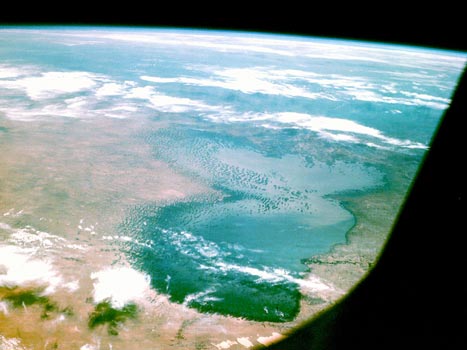
The Federal Government of Nigeria has again pointed to the rapid drying up of the Lake Chad as one of the factors responsible for the incessant killings and conflicts currently being experienced in the north-eastern part of the country.
Vice President Yemi Osinbajo supported this claim on Thursday while declaring open the seventh meeting of the ministers of defence from the Community of 28 Sahel-Sahara States, adding that the war against terrorism in the country was not just a military affair but a social and economic one as well.
He stressed that the government was in the process of formulating policies that would comprehensively tackle the poverty, illiteracy and frustration that ‘predisposed individuals and communities to extremist beliefs’.
He noted that the people of the North-East who once lived comfortably around the lake as fishermen and farmers were now being confronted with displacement and diminished opportunities for survival.
“The Lake Chad Basin which straddles four countries previously supported more than 30 million inhabitants in its vicinity. The shrinking Lake Chad provides a graphic example of the notorious nexus between the environment and human conflict.
“There are strong indications that violent conflicts in the region can be linked to the resource conflicts associated with the shrinking lake.
“People, whose ancestors made a comfortable living off the land and water as farmers and fishermen, are now confronted with displacement and vastly diminished opportunities.
“Another security threat is the issue of forced migration of people from the region. With over 13 million Internally Displaced Persons in 19 countries, Africa remains the continent most affected by internal displacement,” Osinbajo said.
The meeting which has the theme “Consolidating The Achievements Of The Fight Against Terrorism Through Development Actions” would deliberate on how to implement action plans that would tackle security threats and terrorist groups such as the Boko Haram, Islamic State fighters and others in the sub-region.

Federal Government Declares May 1st, 2024 As Public Holiday For Workers’ Day
JAMB Releases 2024 UTME Results Following Rigorous Scrutiny
Edo State Governor Approves N70,000 Minimum Wage For Civil Servants
Air Peace Plane Makes Emergency Landing In Lagos Following Fire Warning Indicator